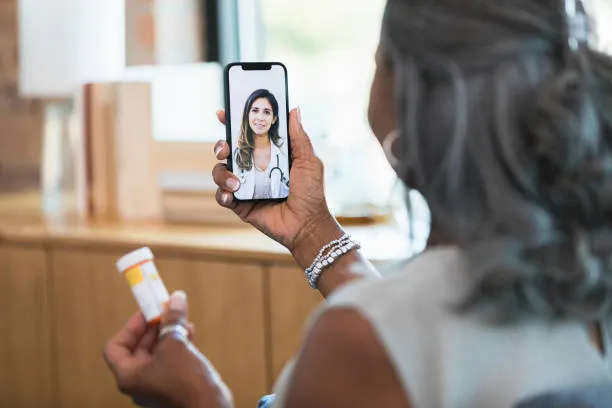
Telemedicine After Surgery India
Introduction
In recent years, telemedicine has emerged as a transformative healthcare solution worldwide, including in India. It leverages digital technology to provide medical consultations, diagnosis, treatment, and follow-up care remotely, breaking geographical barriers and making healthcare more accessible. With the rapid proliferation of mobile devices and internet connectivity, telemedicine is gaining significant relevance in India, especially given the country’s vast rural population and the shortage of specialized healthcare professionals in remote areas.
What is Telemedicine and Its Growing Relevance in India?
Telemedicine refers to the practice of delivering healthcare services through electronic communication tools such as video calls, mobile apps, and online portals. It allows patients to consult doctors, obtain prescriptions, and receive medical advice without physical visits to healthcare facilities. This approach has become increasingly vital in India due to several factors:
- Geographical and infrastructural challenges: Large rural populations often lack immediate access to specialized healthcare.
- Cost-effectiveness: Telemedicine reduces travel and hospitalization costs, making healthcare more affordable.
- Pandemic-driven adoption: COVID-19 accelerated telehealth adoption globally, including India, highlighting its importance in maintaining healthcare continuity.
- Government initiatives: The Indian government has promoted telemedicine through policies and digital health programs, aiming to democratize healthcare access.
As a result, telemedicine is now an integral part of India’s healthcare landscape, providing convenience, efficiency, and improved health outcomes.
Importance of After-Surgery Care and Challenges for Foreign Patients
Post-surgical follow-up is crucial for ensuring proper healing, detecting complications early, and adjusting treatments if needed. Effective after-surgery care reduces hospital readmissions, infections, and enhances overall recovery. However, this stage poses several challenges, particularly for foreign patients:
- Language and communication barriers: Patients may struggle to articulate symptoms or understand medical advice.
- Travel restrictions: International travel limitations, especially during pandemics or political issues, hinder timely follow-up visits.
- Lack of local support: Foreign patients might not have family or local contacts to assist with post-operative care.
- Time zone differences: Coordinating follow-up consultations can be complicated by time mismatches.
- Limited local knowledge: Patients unfamiliar with the local healthcare system may find it difficult to seek prompt care if complications arise.
These challenges can adversely affect recovery and patient satisfaction, emphasizing the need for effective solutions.
How Telemedicine Bridges Gaps in Post-Surgical Follow-up for International Patients
Telemedicine offers an innovative bridge to overcome these obstacles. For international patients, especially in India, telehealth platforms provide the following benefits:
- Remote consultations: Patients can have post-operative check-ups via video calls, allowing healthcare providers to monitor healing without physical visits.
- Timely intervention: Early detection of complications like infections, wound issues, or adverse reactions enables swift remedial action.
- Enhanced communication: Multilingual telehealth services and digital communication tools improve understanding and reduce language barriers.
- Convenience: Patients save time and resources by avoiding long-distance travel, particularly when they are in different countries or continents.
- Continuous care: Telemedicine facilitates ongoing follow-up, medication management, and rehabilitation guidance, improving overall recovery outcomes.
- Integration with local healthcare: Telehealth can connect international patients with local healthcare providers for in-person assessments if needed, creating a seamless care continuum.
Overall, telemedicine not only enhances the quality of post-surgical care for foreign patients but also expands healthcare accessibility, making treatment more inclusive and patient-centric.
Conclusion
As telemedicine continues to evolve, its role in transforming healthcare becomes increasingly evident, especially in a diverse and populous country like India. For international patients, in particular, telehealth offers a efficient, accessible, and effective means to ensure seamless post-surgical care, overcoming geographical, linguistic, and logistical barriers. By embracing this digital shift, healthcare providers can deliver more personalized, timely, and holistic care, ultimately enhancing patient satisfaction and health outcomes. As technology advances and more innovative solutions emerge, telemedicine is poised to become an indispensable part of global healthcare, bridging gaps and building a healthier, more connected world.



